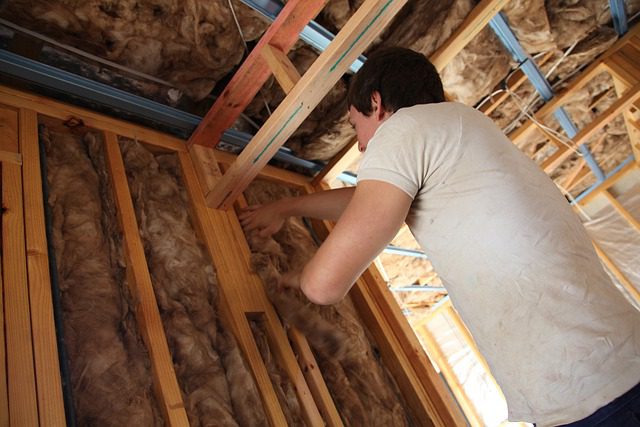Get Better Heating and Cooling With a Tighter Building Envelope

Residential energy efficiency and comfort involves a lot more than the heating and cooling equipment, ductwork, humidity control and ventilation. It also involves the house itself, especially the building envelope. That’s the outside walls, foundation and roof, the perimeter that separates outside from inside. If that building envelope’s integrity is compromised, either through poor design, lack of maintenance, or deterioration and age, the home won’t be energy efficient. This is even when it’s being cooled and heated by the best, most state-of-the-art HVAC equipment.
But how does a homeowner ensure structural integrity in the building envelope? We’ll get to that, but first it’s important to define what that means. A building’s perimeter can’t optimize energy efficiency if it’s allowing the transfer of air, heat energy and moisture between inside and outside. The simplest way to avoid these hazards to home comfort is to design and build the home as tightly as possible, and then keep it that way. For homes that weren’t built to modern energy-efficiency standards, it means retrofitting the structurally “loose” house so it no longer allows the easy escape or infiltration of air and heat energy.
How to ‘Tighten’ an Energy Inefficient Home
Effective air sealing and insulation are both necessary in order to tighten up an inefficient home. The correct type and amount of insulation, placed in walls, ceilings, attic and foundation, not only will slow the transfer of thermal energy from inside to outside (in winter) and vice versa (in the summer); it will help stop air movement, too (with some insulating materials better at this than others). This has the added benefit of keeping damaging and unhealthy moisture outside where it belongs.
These days, many building contractors install continuous insulation when building a home. This prevents the age-old problem of so-called “cold joints” in the house, places where insulation is missing, usually corresponding with wall studs. In this process, a continuous sheet of insulation is wrapped around the home’s interior perimeter. External foundation insulation is employed to slow heat transfer from/into the basement, as well as stop moisture from getting in.
Effective air sealing is also essential to maximizing energy efficiency in a home. This requires tight building practices, proper materials, and vigilant maintenance during the lifetime of the home. Over time, a well-sealed home can spring air leaks, so inspecting the perimeter every few years is a good idea. Once you’ve identified where air is leaking, use caulk, spray foam or weatherstripping to seal those leaks.
The building envelope of a home also is protected by other strategies, for instance, making sure water drains away from the house, and that windows and doors are properly installed and sealed.
Once you’re confident the house is well sealed and insulated – tight as a drum – and is properly ventilated to allow regular air exchange, you can depend on your energy-efficient heating and cooling system to take over and do its part in providing a comfortable, energy-conserving home.
Don’t Forget Professional Maintenance
But your job’s not over. Without regular professional maintenance, preferably a tune-up for the heating system in the fall, one for the cooling system in the summer, the performance and efficiency of the equipment side of your system – the aforementioned HVAC equipment, ductwork, etc., – will gradually erode. That’s why it’s important to set up regular maintenance with your trusted Cincinnati HVAC contractor, as well as performing your own maintenance – inspecting and replacing clogged air filters, keeping vents and registers clear of obstruction, etc. – on a regular basis.
